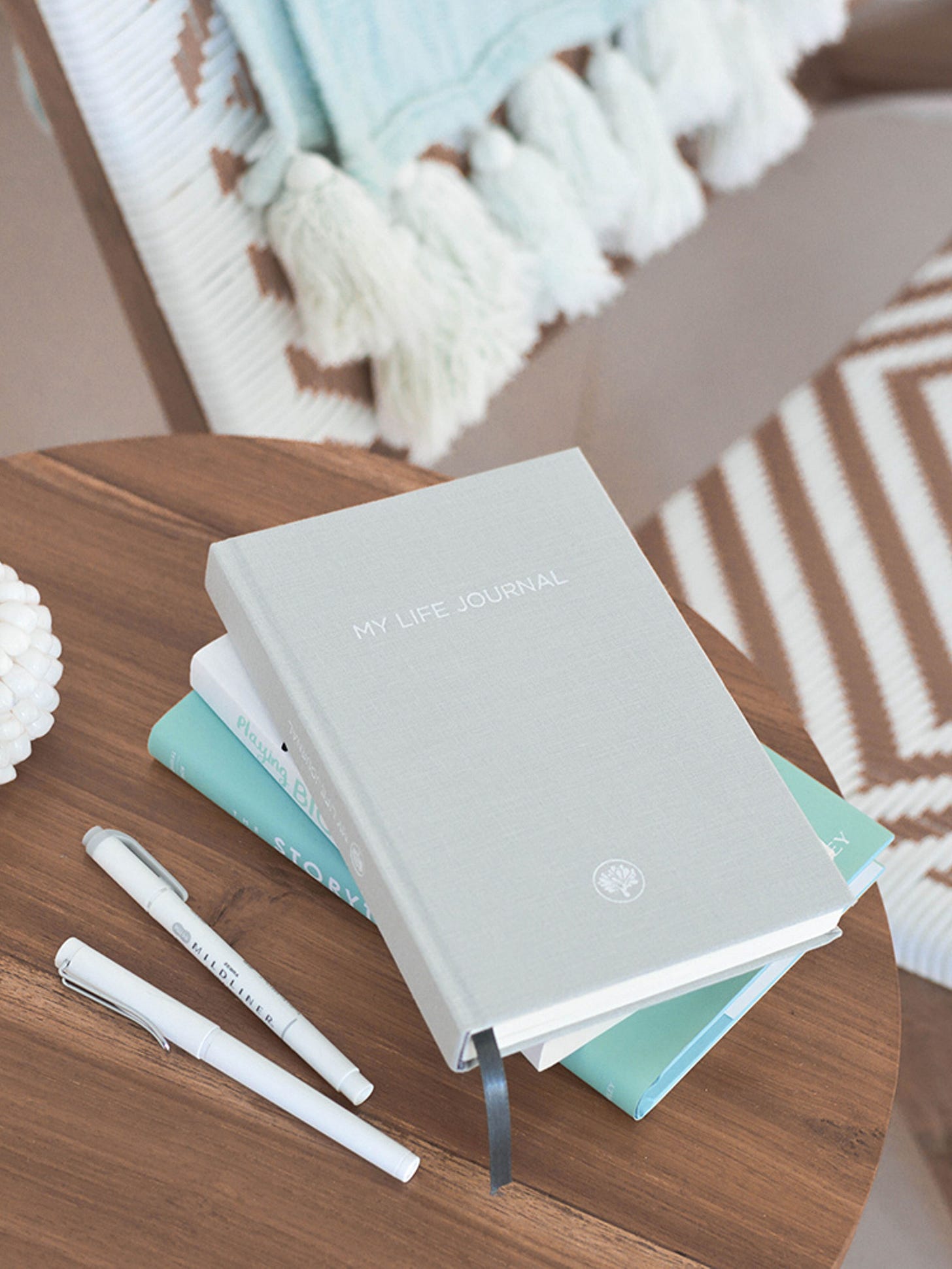
I guess it isn’t all that embarrassing for me to share that my 13-year-old self poured my emotions into a tear-stained journal over a crush breaking my heart. I’d wager it’s pretty normal for teenagers to use journals as emotional dumping grounds, and maybe even guess that it can be a healthy outlet for all-the-feels of puberty. But, it’s a little tougher to admit that almost 30 years later I found myself again pouring my emotions into a tear-stained journal over my husband of 15 years breaking my heart. The embarrassment wasn’t that I was still journaling, but that I found myself writing pretty much the same thing as a 40 year old that I’d written when I was 13. When it came to relationships, it appeared that not much had changed.
After a devastating divorce and a whole lot of self-reflection I decided the common factor in the whole charade was me, and if I wanted to keep getting what I’d always gotten I could just keep doing what I’d always done. It was time to do something different. That went for my journal too. I loved journaling, but I realized that simply pouring out my emotions wasn’t really getting me anywhere. It helped relieve the pressure of the moment, but rarely supported the kind of processing that drives true learning and behavior change. But, why couldn’t it? I’d worked for years as an instructional coach, supporting others with tapping into their own resourcefulness as efficacious and powerful individuals, why couldn’t I start doing the same thing for myself? Why couldn’t I be my own life coach, using my trusty journal as the external data of that internal conversation?
One of my favorite quotes from the most powerful coaching model I’ve ever used, Cognitive Coaching, is “Know your intentions and choose congruent behaviors.” I quickly found I could apply the same sentiment to my journaling practice. Some days I did need a straight-up emotional dump. But, most days I didn’t. I needed something more structured that actually had a long-term end goal. On days that I felt overwhelmed, I needed to journal with a structure that brought clarity and purpose. On days I felt like the world was against me, I needed to get out of the toilet bowl of rumination and name how I DID want to feel, how I did want to be. Some days I needed to reflect on and name the significance of an event or situation that I couldn’t quite wrap my brain around. Suddenly my journaling wasn’t just an emotional junkyard. It became a petri dish of creative contemplation and cognitive shift.
As I studied this process more I learned that mediating my own thinking wasn’t just great for my mental health, it actually had the potential to shift neural pathways and thus the ways I perceived my world and the people in it, including myself. My mental and physical health improved, my relationships improved, my career improved; my entire life improved.
My intentions here, with this newsletter, are to share with others what I’ve learned and experienced with this form of structured journaling. It’s for fellow lifelong journalers, beginning journalers, and for those who would like to explore the potentials of journaling as a process of healing and growth. I’ll share journaling paths and prompts that have the highest potential for efficient and effective personal growth, as well as insights from researchers, thought-leaders, and my favorite writers around the many benefits of journaling and writing.




